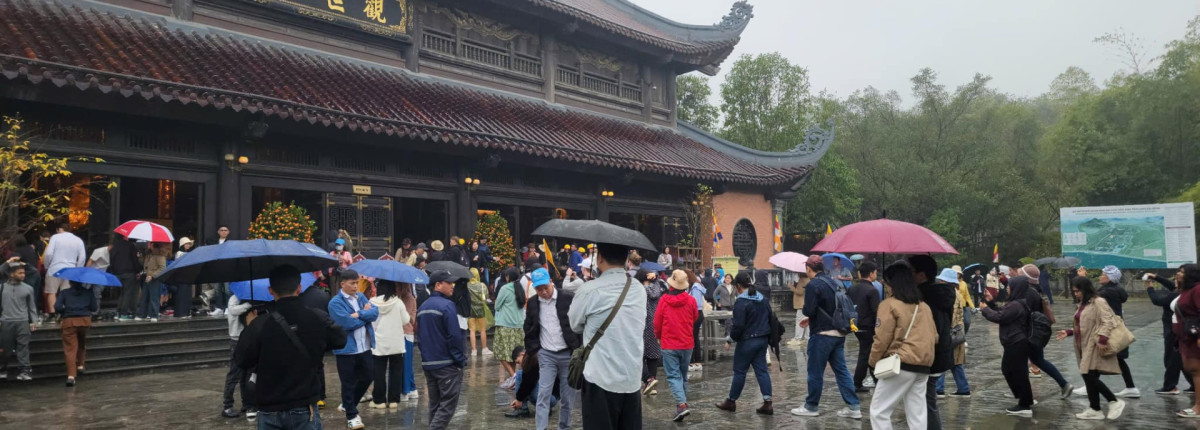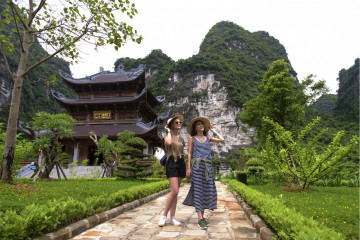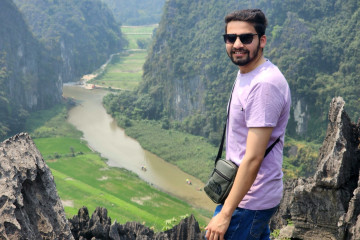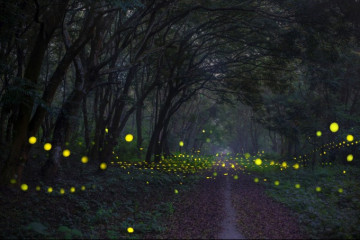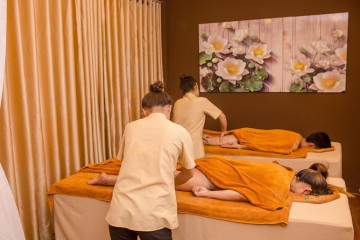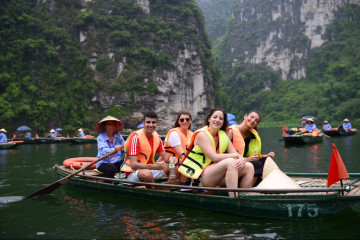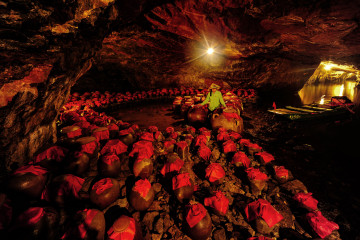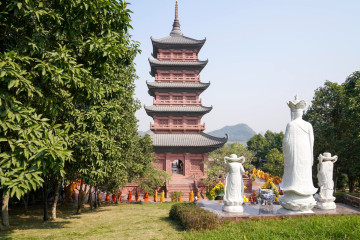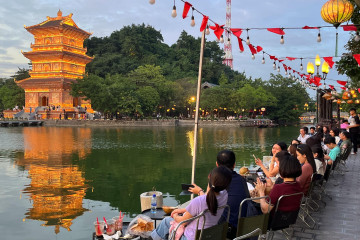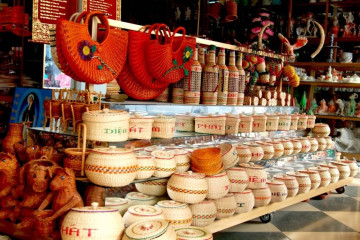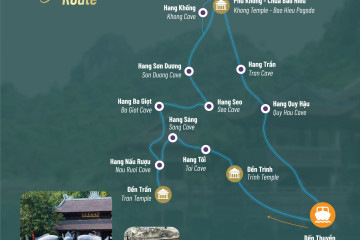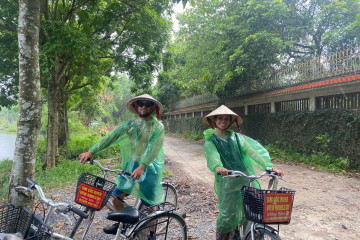Bai Dinh Pagoda in Spring: Weather, Famous Sites & Travel Tips for a Rainy Visit
In this guide, we’ll explore Bai Dinh weather in spring, highlight its famous sites, and provide essential travel tips to make the most of a rainy visit.
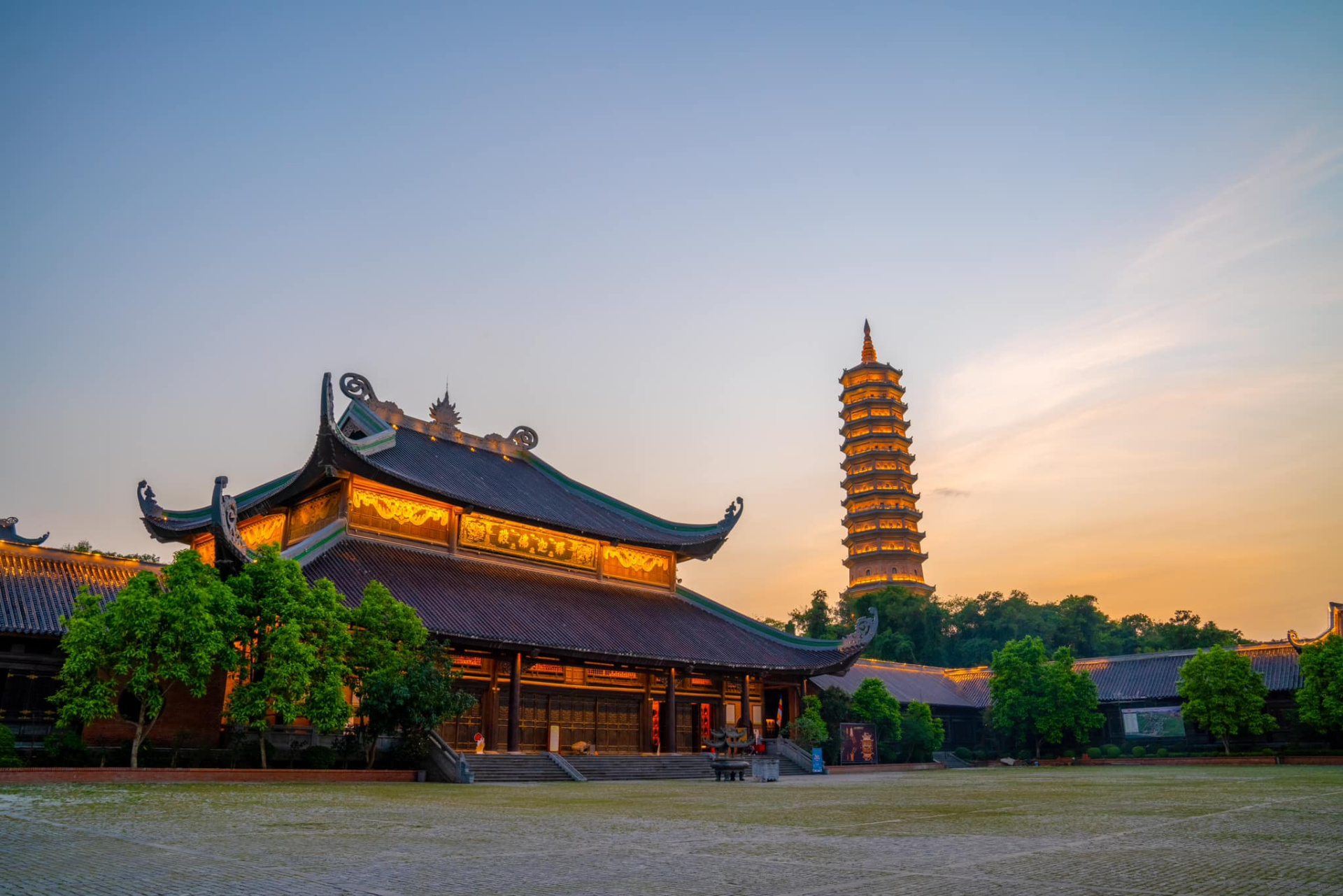
Bai Dinh Pagoda, the largest Buddhist complex in Vietnam, is a must-visit destination in Ninh Binh. Spring is a particularly unique time to explore this spiritual site, offering natural and traditional value for tourists. However, it is also the rainy season, which brings both challenges and opportunities for travellers.
Spring Weather at Bai Dinh Pagoda
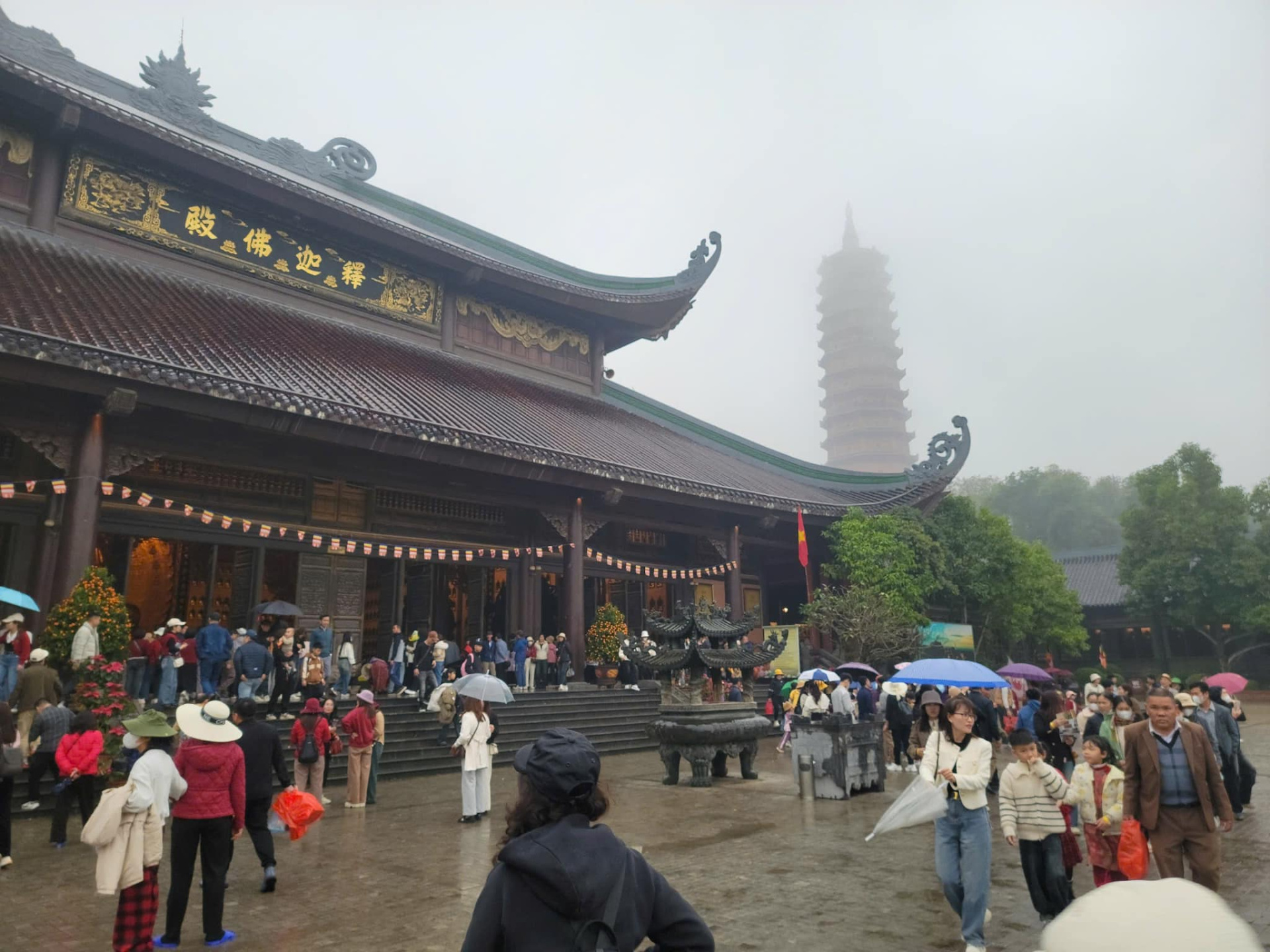
Spring in Bai Dinh lasts from February to April, characterized by mild temperatures ranging from 15°C to 25°C. However, this period also marks the rainy season in Ninh Binh. Frequent drizzles and occasional heavy showers contribute to the mystical atmosphere, with mist floating over the limestone mountains and temple rooftops.
What to Expect in the Rainy Season
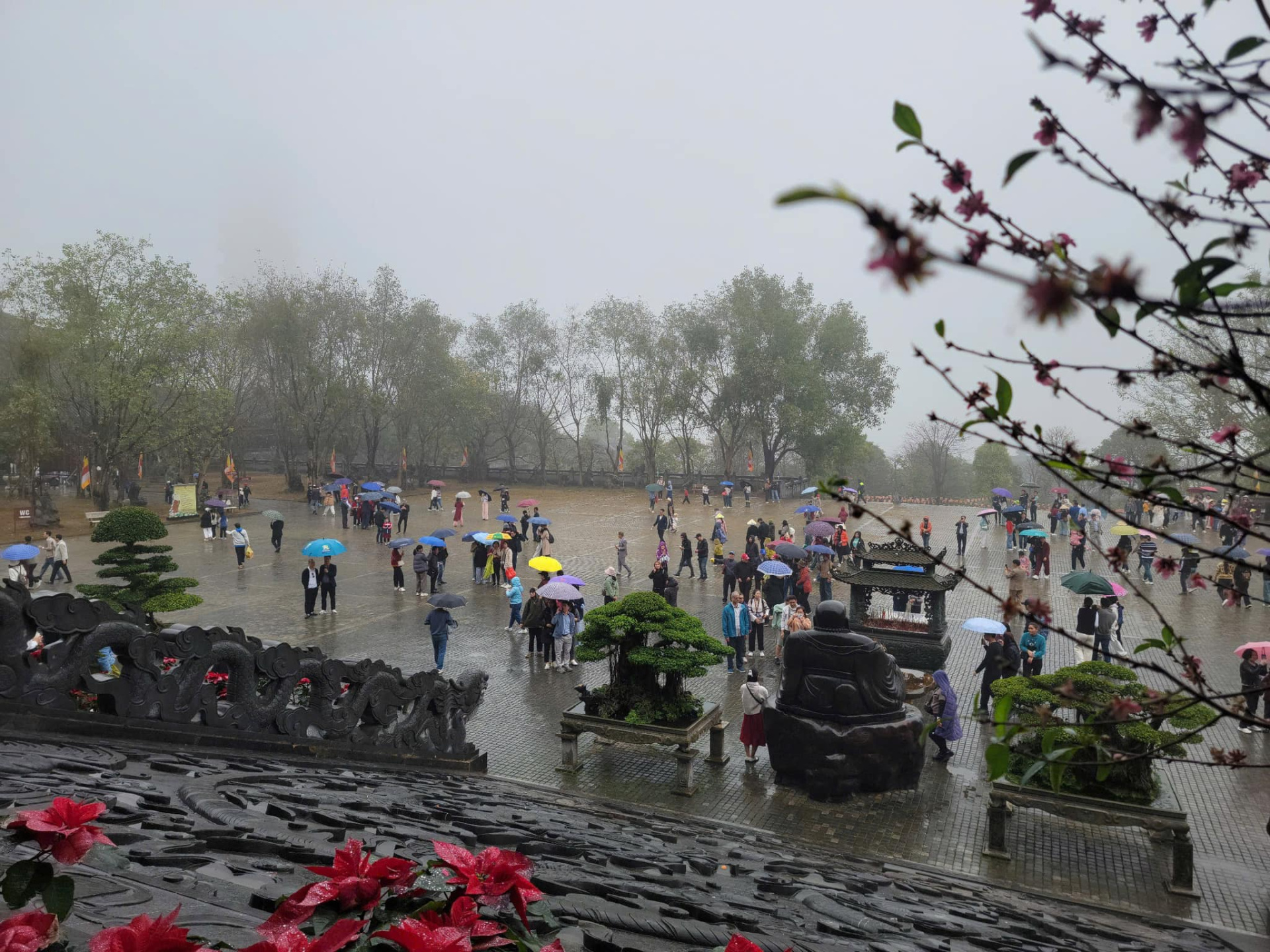
- The air is often humid, creating a dreamy landscape.
- Light rain is common, but heavy rain can occur unpredictably.
- While the temperature is comfortable, it can feel chilly in wet conditions.
- Some stone stairways and tiled areas can become slippery.
What to Wear at Bai Dinh in Spring Rain

- Prepare a raincoat or an umbrella to avoid getting cold, especially when walking on potentially slippery stone steps.
- Wear warm, modest, and respectful clothing, and prioritize shoes with good grip for safe movement.
- Walk carefully, maintain a calm mindset, and avoid rushing to ensure safety for yourself and those around you.
Famous Sites to Explore at Bai Dinh Pagoda
Despite the rain, Bai Dinh Pagoda offers many fascinating spots to explore. Here are the must-see sites:
The Giant Buddha Statues
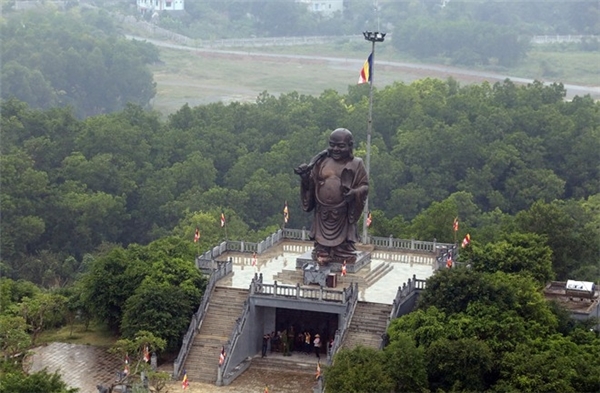
One of the highlights of Bai Dinh Pagoda is its massive bronze Buddha statues, including a 10-meter-high, 100-ton bronze statue of Shakyamuni Buddha. These sacred figures are housed in grand halls with intricate carvings, making them a perfect place to seek shelter from the rain while admiring Buddhist artistry.
The 500-Arhat Corridor
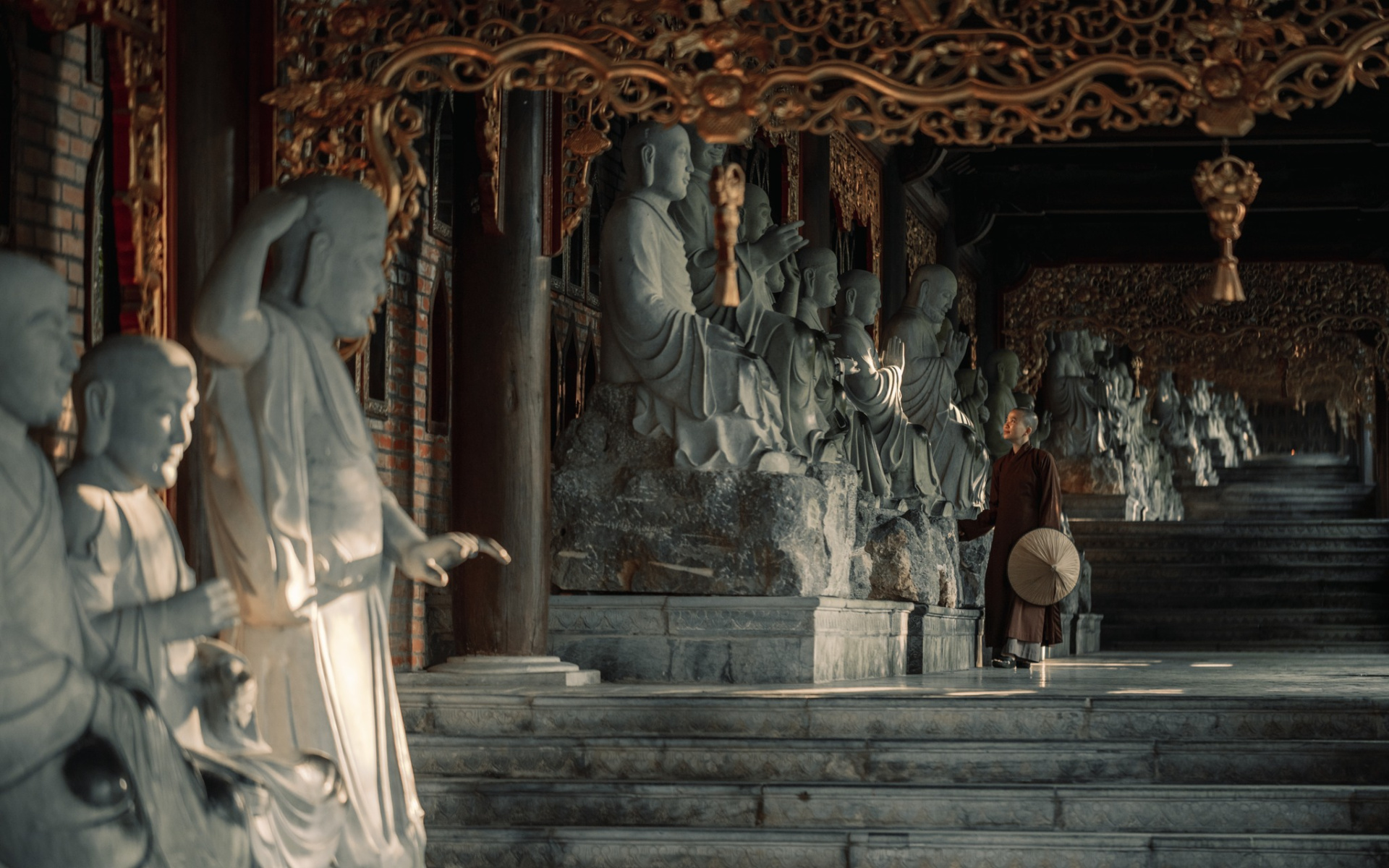
This long pathway features 500 stone Arhat statues, each with unique facial expressions and poses. Walking along this corridor in the misty spring rain enhances the spiritual atmosphere, offering a peaceful and reflective experience.
The Bell Tower
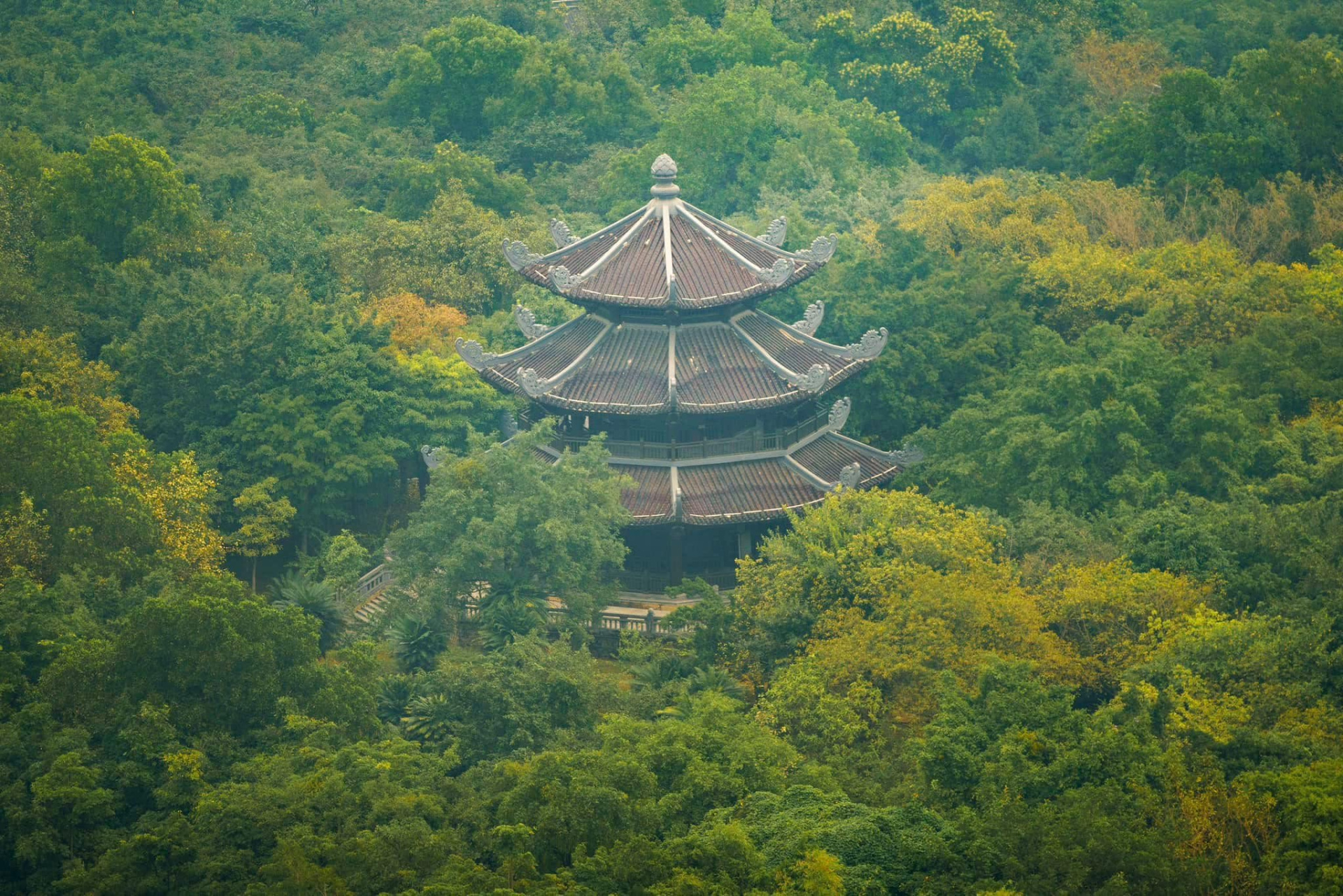
The Bai Dinh Bell Tower houses a giant, intricately carved bronze bell weighing 36 tons. Visitors can stand beneath its wooden pavilion and listen to the calming sound of the bell echoing through the complex, especially beautiful on a quiet, rainy day.
The Main Pagoda and Tam The Hall
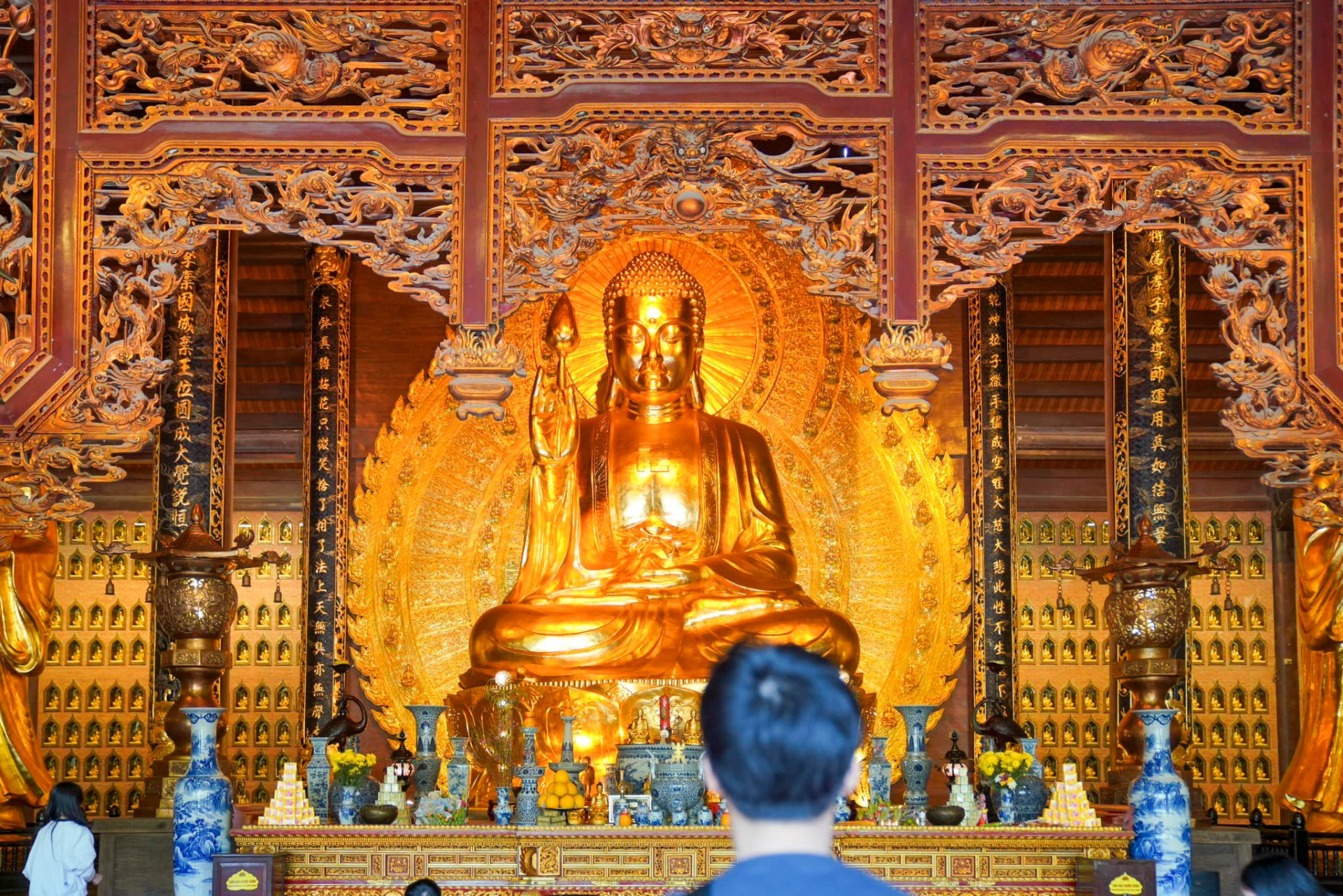
The main pagoda, with its grand wooden architecture, is a masterpiece of Vietnamese Buddhist design. Inside, visitors can marvel at the giant golden Tam The Buddha statues, which represent past, present, and future lives.
Bai Dinh Ancient Pagoda
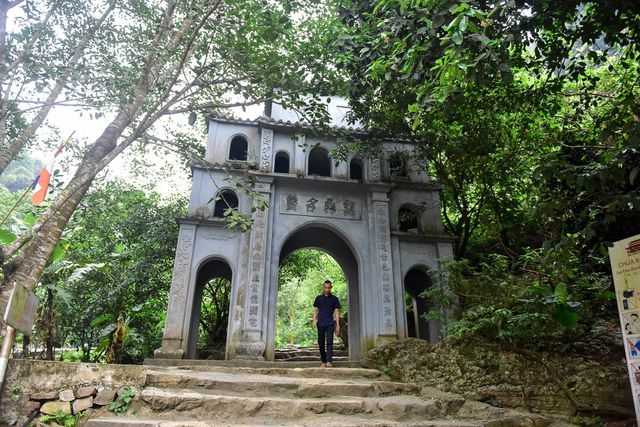
Located on a nearby hill, the ancient Bai Dinh Pagoda predates the modern complex and retains its original stone cave shrines. The misty weather and light rain add to its mysterious and serene atmosphere, making it one of the most unique places to visit in Bai Dinh.
Bao Thien Tower (The Stupa) - A Treasure of Bai Dinh Pagoda
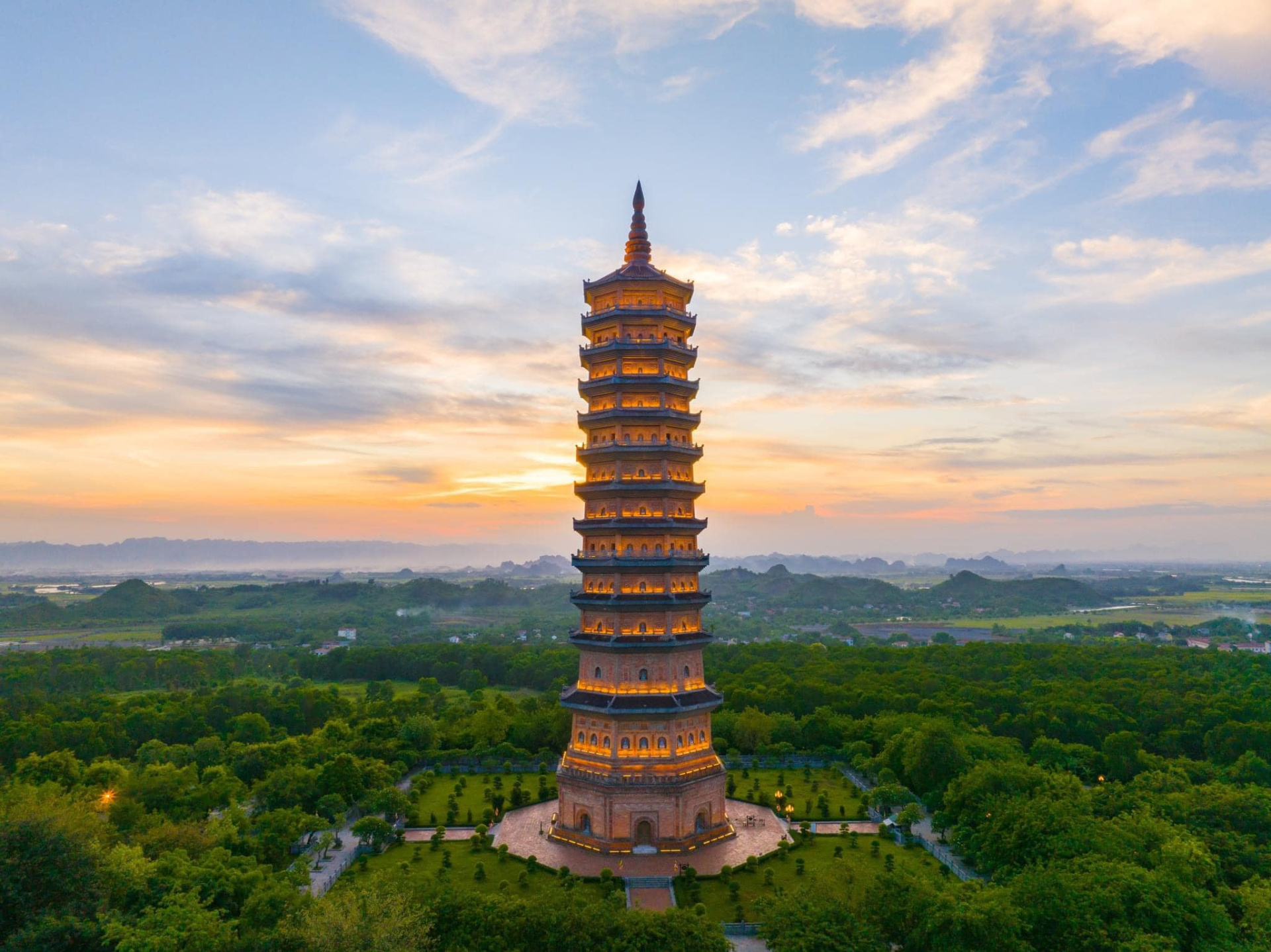
Bao Thien Tower is one of the three precious treasures of Bai Dinh Pagoda, alongside the Sacred Bodhi Tree and the Main Hall of the Dharma Lord.
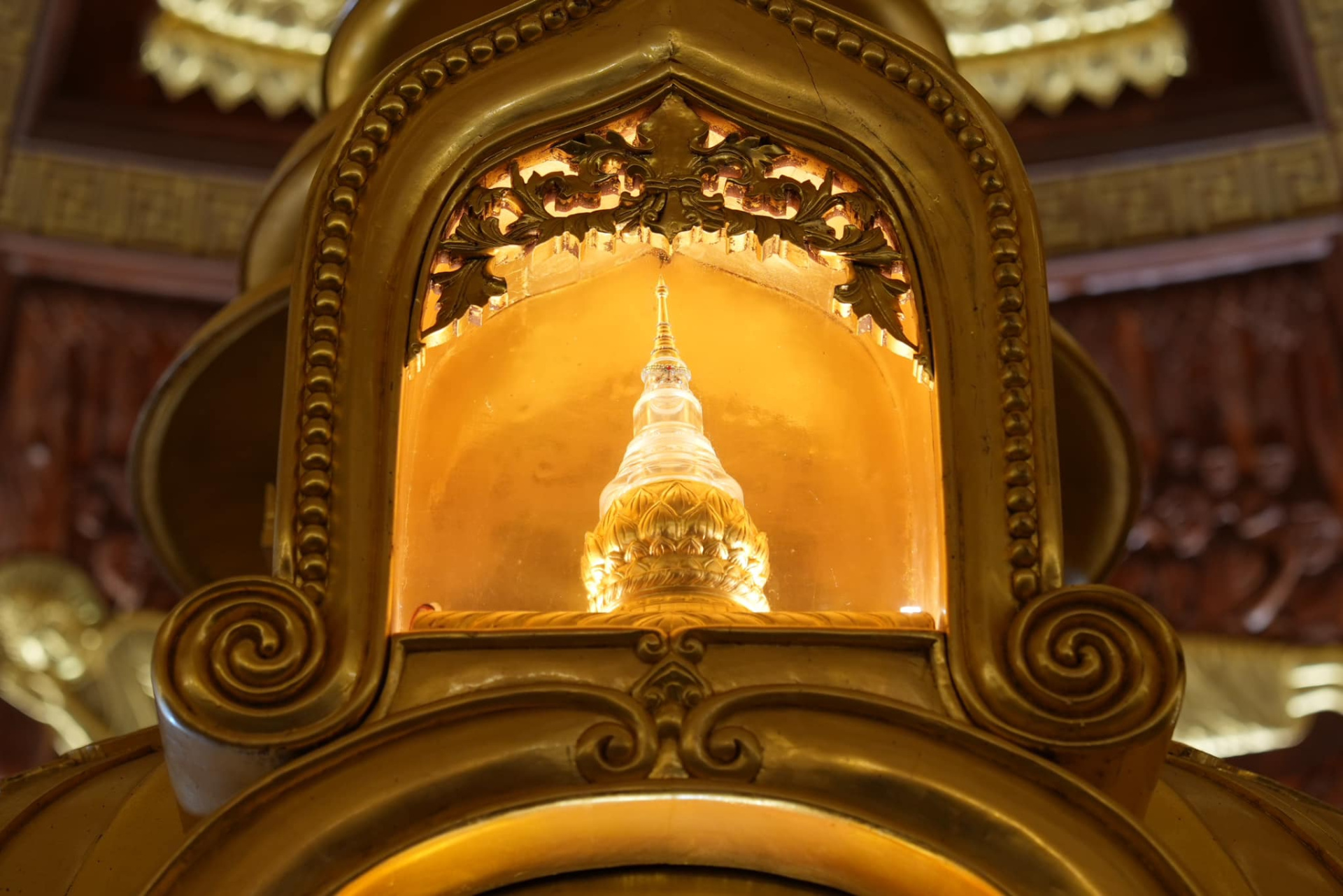
With its majestic architecture, Bao Thien Tower rises 13 stories high, built in a traditional Buddhist style reminiscent of the sacred stupas of India. Inside the tower enshrines Buddha relics – sacred treasures brought from India, symbolizing wisdom, compassion, and enlightenment. Ascending each level of the tower, visitors find their hearts suddenly at peace, immersed in the tranquil and spiritual atmosphere. Every floor is adorned with intricate bas-reliefs, Buddha statues, and sacred scriptures, evoking the feeling of stepping gradually onto the path of enlightenment.
Things to do in Bai Dinh Pagoda: all you need to know about attractions, price, time and activities
Travel Conditions & Tips for a Rainy Visit
Spring is a peak travel time for domestic tourists visiting Bai Dinh Pagoda, making certain areas crowded. Here’s how to navigate the crowds and enjoy an authentic experience:
Best Times to Visit Bai Dinh Pagoda
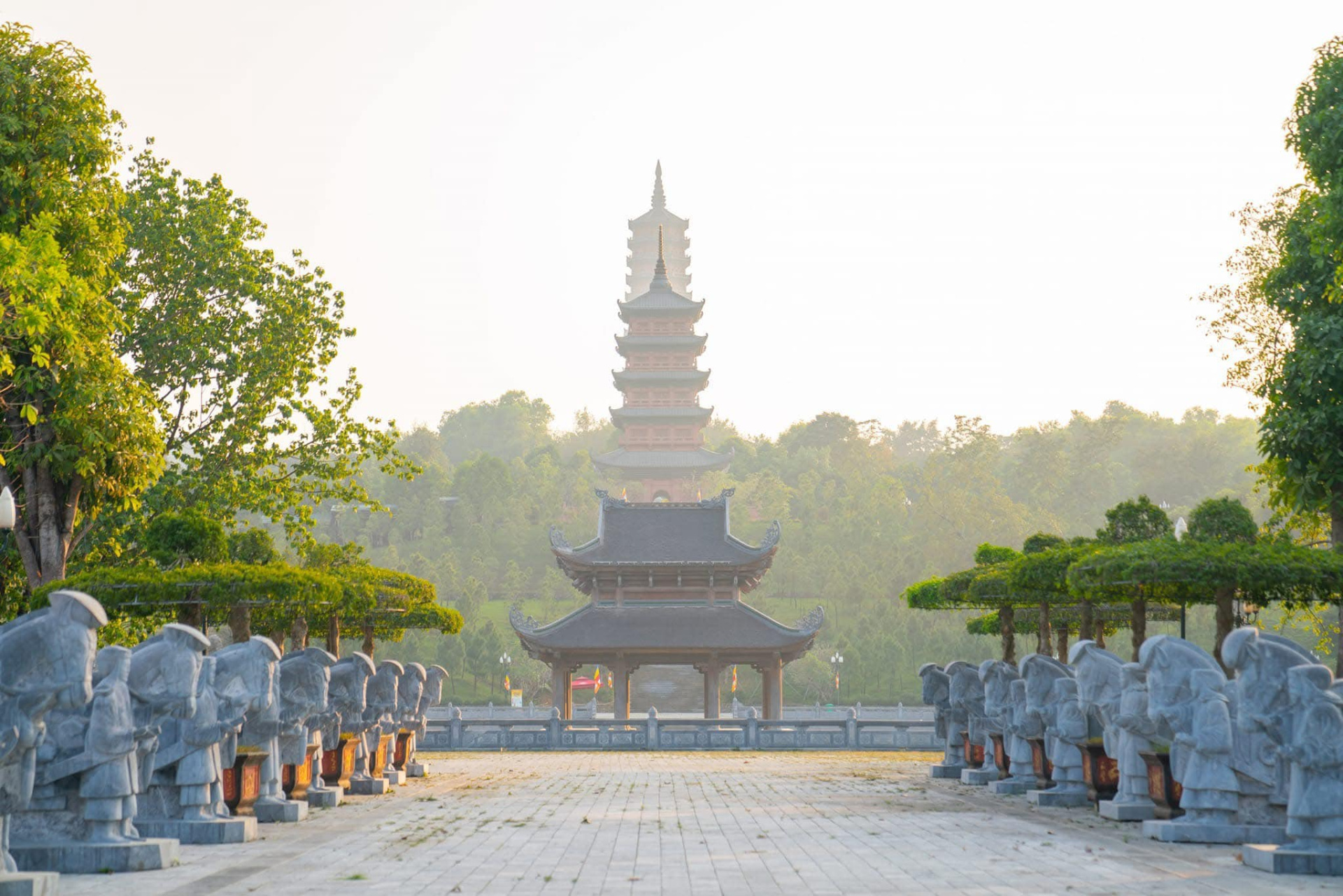
Arrive early in the morning (before 9 AM) to avoid large crowds.
Weekdays are less crowded compared to weekends and public holidays.
Transportation & Accessibility
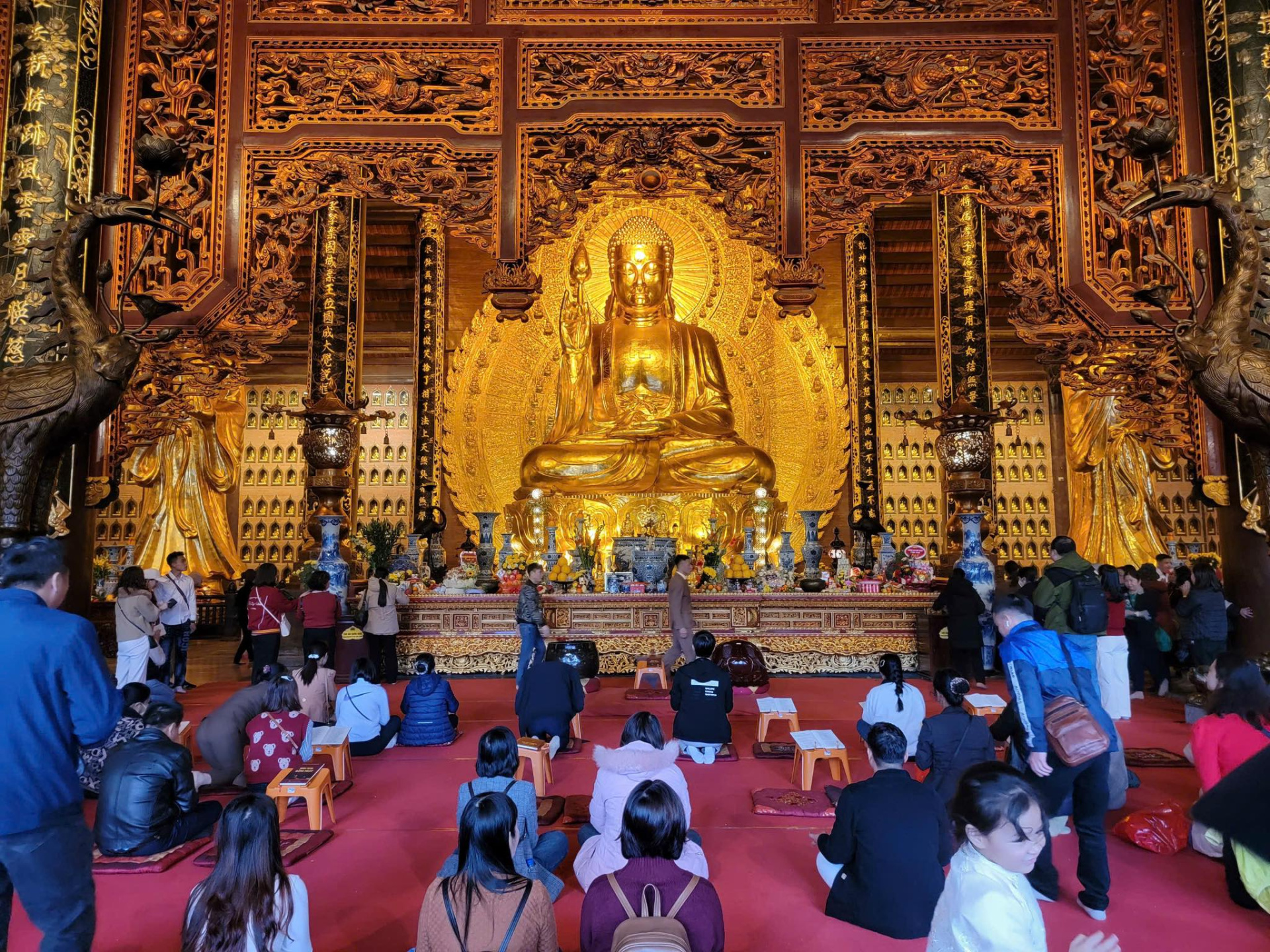
- Electric Buggies: These are available at the entrance and provide a convenient way to travel around the large complex, especially during rainy weather.
- Walking Routes: If you prefer to explore on foot, be prepared for wet and sometimes slippery stone paths.
Experiencing Local Customs in Bai Dinh Pagoda
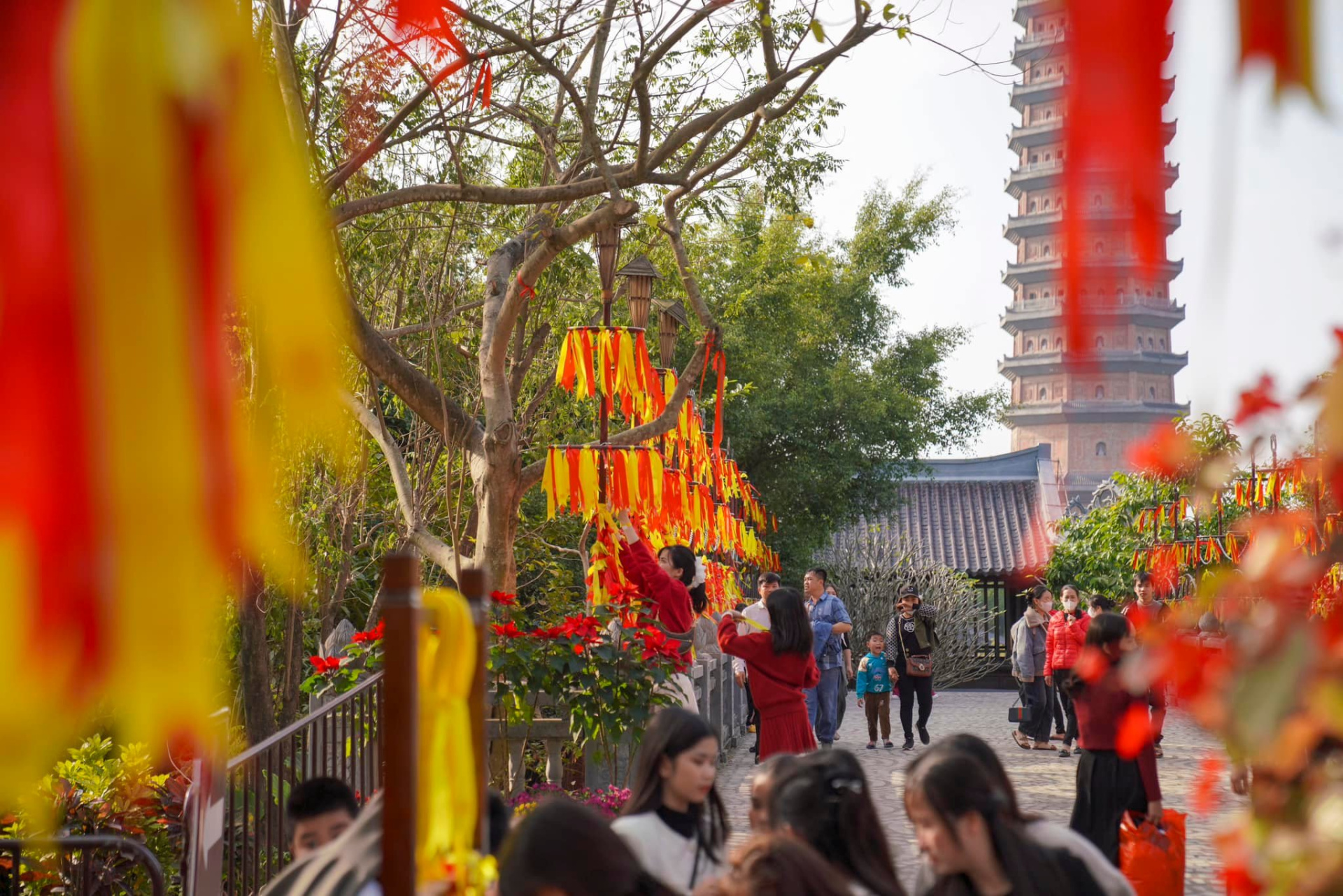
Since many Vietnamese visitors come to Bai Dinh Pagoda for spiritual journeys, this is an excellent opportunity to observe local customs:
- Incense Offerings: Watch how locals make offerings and prayers at different shrines.
- Buddhist Rituals: Many visitors participate in chanting ceremonies, creating a deeply cultural and spiritual experience.
- Vegetarian Cuisine: Enjoy local vegetarian dishes at nearby eateries, which are commonly served to temple visitors.
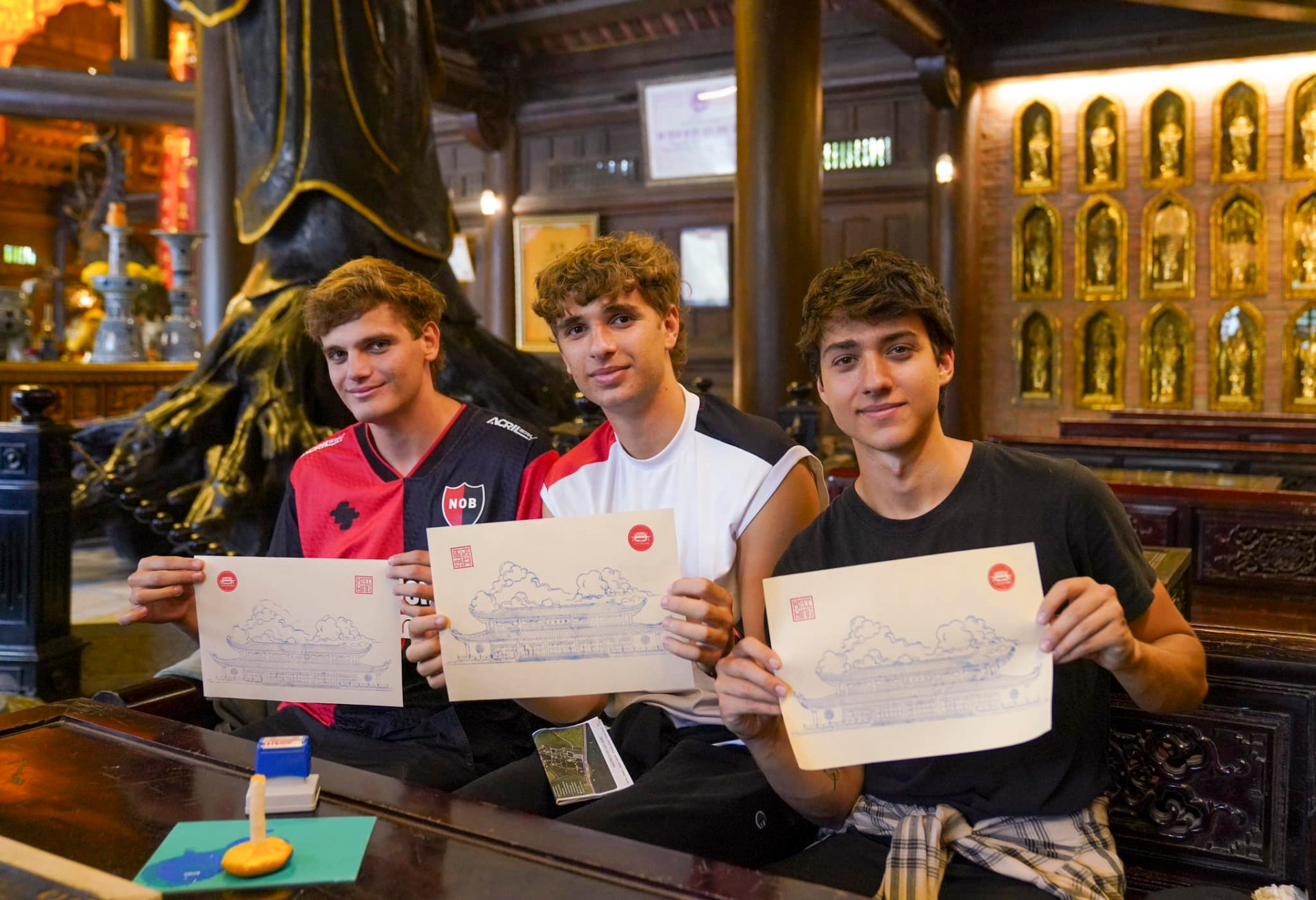
Visiting Bai Dinh Pagoda in spring offers a unique and atmospheric experience, with misty landscapes, beautiful Buddhist architecture, and cultural immersion. While the rainy weather presents some challenges, it also enhances the beauty of the pagoda. With the right preparation and travel tips, you can fully enjoy Bai Dinh’s famous sites and embrace the local customs despite the crowds. Whether you're a history lover, a Buddhist pilgrim, or simply an adventurer seeking new experiences, Bai Dinh in the rain is truly a sight to behold.
Bai Dinh Pagoda vs. Hoa Lu Temple: Making the Right Choice for Your Ninh Binh Adventure
Check our highlight tours:
Ninh Binh 2 days 1 night: Hoa Lu - Am Tien Cave- Tam Coc- Bich Dong- Bai Dinh- Trang An

